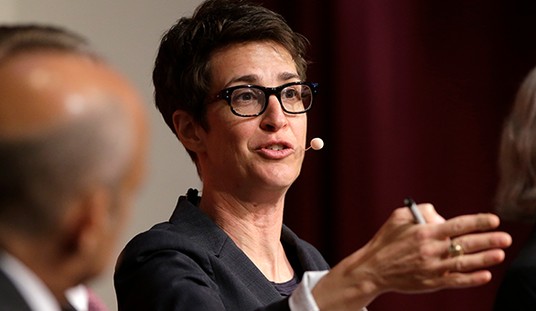More than a third of young Americans between 18-31 are still living at home, according to a study by the Pew Research Center. According to Pew, 36% of young millennials, or 21.6 million, live with their parents, up from the pre-recession number of 32%, or 18.5 million.
According to Pew’s analysis of U.S. Census Bureau data, the number of millennials still living at home is the highest percentage in four decades.
A driving factor: Declining employment. Last year just 63 percent of young adults in that age group were employed, down from 70 percent in 2007.
“You’re much less likely to be living with your mom and/or dad if you have a job, and job holding still hasn’t picked up,” said Richard Fry, a senior research associate with Pew Research Center.
Another interesting finding in the study is the gender difference. Men are more likely to hang at home than women: 40 percent to 32 percent.
What’s a parent to do?
It costs a little less than $300,000 to raise a child to age 17, according to U.S. Department of Agriculture figures. And maybe another $160,000 to put him through college. But as the Pew study reveals, more families are finding the big bills don’t stop once kids reach adulthood.
Today’s kids who fail to launch have become a major financial planning issue, said certified financial planner Lynn Ballou, a managing partner at Ballou Plum Wealth Advisors in Lafayette, Calif.
Parents already have a tendency to sacrifice their own retirement planning and other savings to send their children to college, banking on them finding good jobs at graduation. “Come to find out, your grad is unemployable and can’t even find a job at Starbucks,” said Ballou, who estimates a third of her clients are providing some financial support to an adult child.
Unexpected expenses to care for adult children can force parents to make severe cuts in their own spending, delay retirement or dip into savings.
But parents shouldn’t feel obligated to continue providing the same support as they might for a teenager. “They could be there forever if you don’t charge them some rent and make them do some chores,” said certified financial planner Sheryl Garrett, founder of The Garrett Planning Network. Adult children who can’t find a job outside the home should be asked to contribute with jobs around the house, she said.
Men are more likely to live at home at that age than women — 40%-32%. And there are a couple of interesting social factors that contribute to the high number of millennials failing to launch:
Rising college enrollment. In March 2012, 39% of 18- to 24-year-olds were enrolled in college, up from 35% in March 2007. Among 18 to 24 year olds, those enrolled in college were much more likely than those not in college to be living at home – 66% versus 50%.
Declining marriage. In 2012 just 25% of Millennials were married, down from the 30% of 18- to 31-year-olds who were married in 2007. Today’s unmarried Millennials are much more likely than married Millennials to be living with their parents (47% versus 3%).
This generation is marrying later and still thinks a college education is a ticket up the ladder. In a recession, both of those trends are exaggerated.
But Pew notes some long-term trends that reveal a changing society:
Looking at longer term trends, the analysis finds that the share of young adults living in their parents’ home was relatively constant from 1968 (the earliest comparable data available) to 2007, at about 32%. However, other household arrangements of young adults changed dramatically during this period. For example, the share who were married and living with a spouse fell from 56% in 1968 to 27% in 2007. And the share who were living with a roommate or child or were cohabiting with a partner increased nearly fivefold (from 5.5% to 26%).
Youth unemployment in July was 11.4% compared to the national number of 7.4%. As long as the jobless recovery fails to create full-time employment that would allow young people to cut the apron strings, this is a trend that’s going to continue.










Join the conversation as a VIP Member